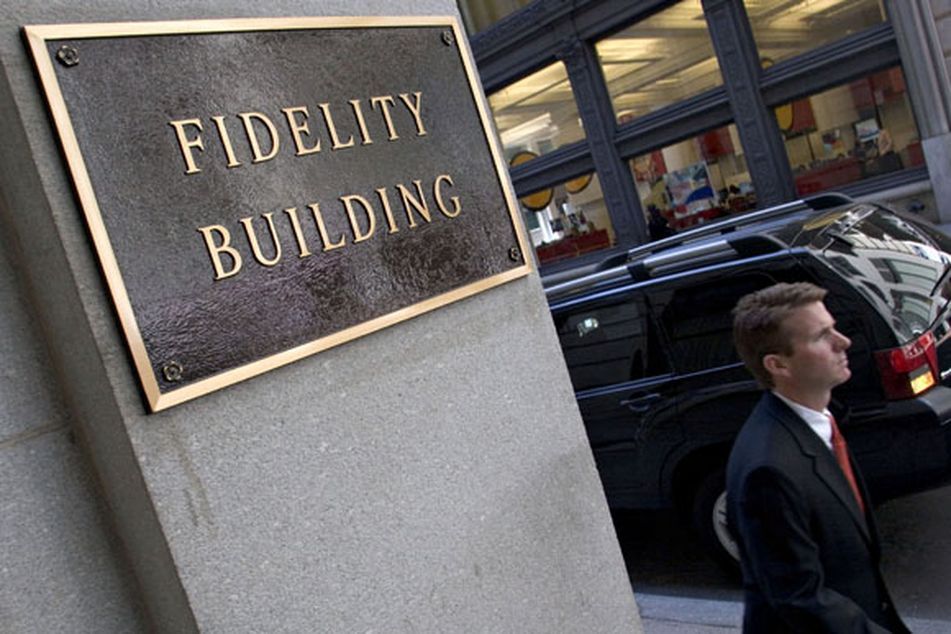Fidelity targeting ‘top 200’ wirehouse teams, exec says

As Fidelity continues to focus on luring breakaway brokers, a top executive at the firm noted specifically that the company is zeroing in on the very top-producing teams at wirehouses.
As Fidelity continues to focus on luring breakaway brokers, a top executive at the firm noted specifically that the company is zeroing in on the very top-producing teams at wirehouses.
“We haven’t made deep inroads into the top 200 teams” at wirehouses, but they’re still a target for the firm, said Mike Durbin, president of Fidelity’s Institutional Wealth Services business. These top 200 teams have some $100 billion in assets in total, Mr. Durbin told InvestmentNews today at an adviser conference in Las Vegas.
Why are they so tough to lift out?
“For economic reasons,” Mr. Durbin said. “They’re the ones that have gotten the greatest retention grants” from their firms, for one.
But these huge teams are also “extraordinarily over-resourced” at the big firms, he said. “They command a lot of support” at the wirehouses and generally don’t have the mind-set of going independent.
Independent advisory channels, however, are growing at the expense of the large brokerage firms, Mr. Durbin said. But he added that the entire industry is facing a head wind of limited asset growth.
Combined, the custody units of The Charles Schwab Corp. and Fidelity took in $80 billion in the first nine months of 2010, Mr. Durbin said.
Schwab reports net flows publicly, but Fidelity doesn’t.
Schwab’s custody business gained $32.9 billion in net new assets through September, which means Fidelity garnered about $47 billion in net new assets over the same time.
Those flows are in contrast to the $1.5 billion brought in by Morgan Stanley Smith Barney over the same period, and the loss of $9.9 billion at UBS Financial Services Inc., Mr. Durbin said.
Since 2007, the net acquisition of financial assets by households has been going down, Mr. Durbin said, citing Federal Reserve data.
Separately, at the conference — held by compliance consulting firm MarketCounsel LLC — Mr. Durbin today discussed some of the regulatory issues that custodians now face with financial reforms pending.
The larger custodial firms face a balancing act in influencing the shape of regulatory reform, including their ability to push back against the possibility that the Financial Industry Regulatory Authority Inc. could become a self-regulatory organization for advisers.
“There’s no question” Fidelity has some conflicts in this area, said Mr. Durbin. The fact that the major custodial firms operate discount brokers and clearing firms for broker-dealers puts them in a conflicted position of advocating for the investment adviser industry.
Mr. Durbin took some heat from advisers at the conference, over Fidelity’s apparent silence during the regulatory-reform debate.
“Don’t equate silence with inaction; the firm is extraordinarily engaged,” said Mr. Durbin. “The question is how much impact” one firm can have.
“We’re focused on the possibilities and practical aspects to help mitigate the brunt” across all channels, he said.
“It’s not that one channel is being picked on,” Mr. Durbin continued. “All of them will go through a significant period of change.”
Mr. Durbin indicated that Finra could become the SRO for advisers, given the Securities and Exchange Commission’s resource problem and imminent Republican control of the House of Representatives, where more appropriations for the agency might be difficult to get.
Learn more about reprints and licensing for this article.








